We use affiliate links to run our site. When you buy through links on our site, we may earn an affiliate commission, without any added cost to you. Learn more
Have you ever thought about growing plants without soil? Although most people use soil for gardening, it is not the only medium for growing plants. Today we will talk about some alternative growing mediums that you can use to grow plants in place of soil. These growing mediums are also called soilless growing mediums because they don’t involve soil.
So, is it possible to grow plants without conventional soil? Yes, of course, and they can even be better than soil on some occasions. You might even see plants growing faster and yielding more once you switch to soilless growing mediums.
Why Soil Is Needed To Grow Plants:
Believe it or not, the soil itself isn’t necessary for growing plants. You only need some of its constituents. The main reason people grow plants in soil is:
- Soil acts as a reservoir that retains water and other nutrients. And
- It gives the much-needed support to the roots.
So if you can provide these two things without using the normal soil you are good to go. Today’s article is all about various soilless mediums that can be equal or even better than soil in these respects.
What is A Soilless Medium?
A soilless medium is a single or a mix of growing mediums that is used to grow plants. The most important point here is that it does not include soil. Soilless growing mediums generally do not contain bacteria or fungi so they are considered sterile mediums.
A good growing medium always supports plant growth with a healthy balance of water and air. Soil sometimes has harmful bacteria and fungi, and are prone to be infected by pests, weeds, and soil-borne diseases.
The soilless growing mediums are generally considered cleaner and sterile. These mediums, as the name suggests, doesn’t include soil. The plants are grown in different organic or inorganic materials.
Soilless growing mediums are ideal for container gardenring because they’re lightweight, yet sturdy and easy to mix with various types of soil. This is especially true for people who live in urban areas who don’t want messy or odours things in their apartments.
It is also a good alternative for gardeners who want to enjoy gardening without facing some of the common problems that often happen when soil is included.
When it comes to choosing a medium for your soilless garden, you have several options. Each of these growing mediums has its own pros and cons. Here we have listed some of the best soilless mediums that you can use:
Peat Moss:
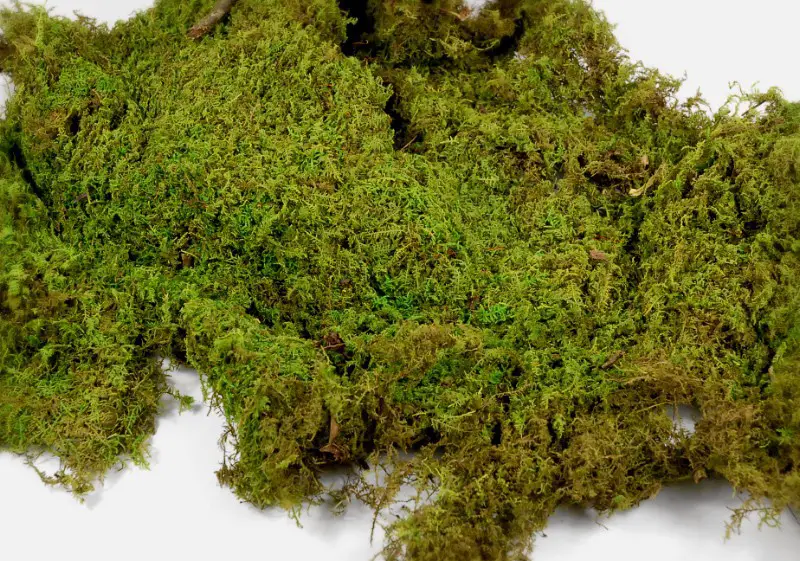
Peat Moss or sphagnum peat mosses are the ancient, partially decomposed remains of plants. They can hold quite a large volume of moisture. They promote good aeration and contains no weed seeds or disease organisms.
Peat Mosses are lightweight, sterile, and ideal for the germination of seeds. It is most commonly used with other mediums like coarse sand to make a light, friable potting mixture.
One of the most common places you will see peat in use is in growing orchids. Peat is generally easily available in local nursery stores as well as online and you shouldn’t have any problem getting them.
Peat Moss is lightweight and sterile and is ideal for seed germination Share on XPerlite:
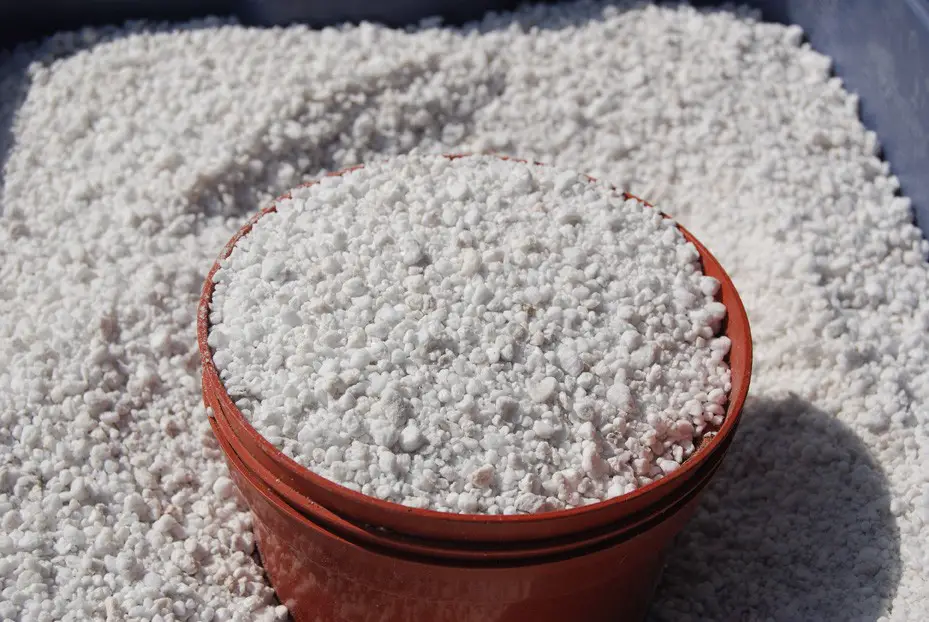
To be honest, Perlite is a manufactured ingredient. Perlite is basically expanded volcanic rocks. First, these rocks are crushed and then heated till they explode. After exploding, these rocks become like popcorn. Now they can be used in growing plants.
Perlite is white in color and light as air. They can hold quite a bit of air. Unlike peat moss, it doesn’t hold water so needs to be mixed with other mediums for best use.
The best part of using perlite in gardening is that they are free from any type of weed or disease.
Perlite is used in gardening as it is lightweight and is weed and diseases free Share on XVermiculite:
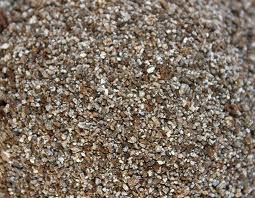
Vermiculite can be used as a substitute for perlite. It can hold more water than perlite. It can also keep nutrients and help the potting mix to resist changes in pH (a measure of the alkalinity or acidity of a medium).
Vermiculite is also less aerating than perlite, but unlike perlite a good quality vermiculite is free from asbestos. So if you are planting water-loving plants, it might be a better choice than perlite.
Coarse Sand:
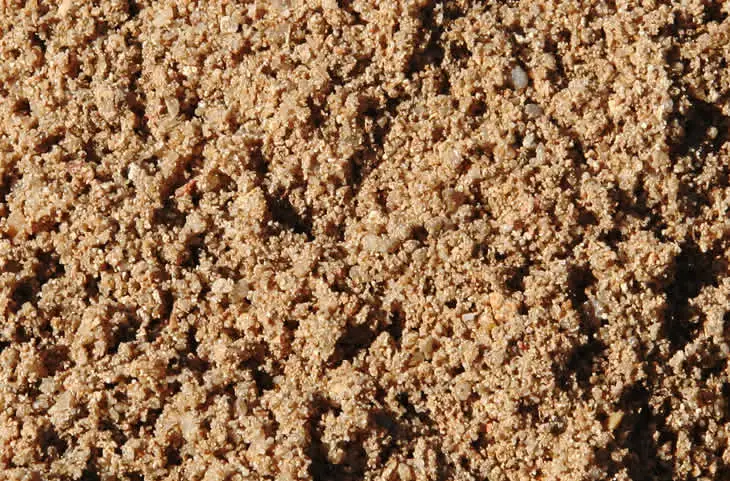
The coarse sand that is used in gardening is also called builders sand. The grains are coarse in nature and provide good drainage. Don’t use play sand. It has very fine grains and will cause trouble.
There are also sand-loving trees and grasses to consider If you are thinking of growing plants in sand, succulents like cacti can be a very good choice.
If you plan to grow plants that need more soil moisture, try adding organic matters. soilless mediums like Peat, coco coir can be good additions, as well as compost.
Sand used in growing plant is called builder's sand, never use plain sand for growing plants Share on XCoconut Coir:
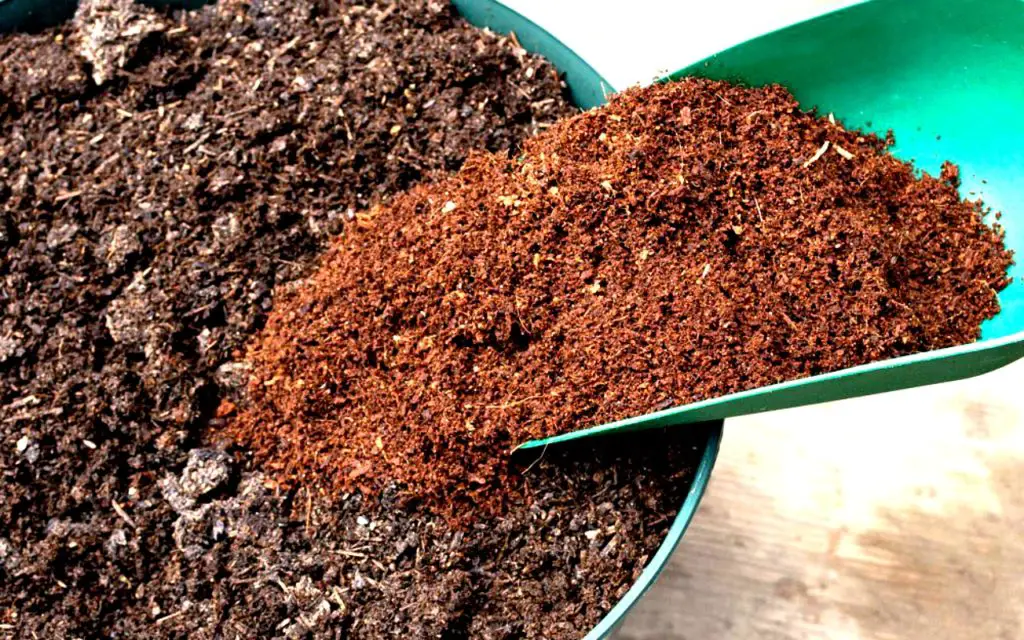
Nowadays, this medium is getting more and more popular. Coco coir is the extract from the coconut husk. It has the same properties as peat moss but with much less mess.
Coco Peat was earlier disposed of as waste products. But recently, it has gained a high demand. It is now considered a user-friendly growing medium.
The two major benefits of using coco coir as a growing medium are:
- It has an amazing ability to absorb and retain moisture.
- Coir is very light in weight, Improve drainage and aeration for the soil.
Earlier, mostly Coco peat was used as a growing medium. , but by now different mixtures are being made with the addition of Coco chips, Coco Crushed & Coir fiber to improve the medium.
Advantages and Disadvantages of Soilless Potting Mediums:
Soilless potting mediums are a great way to grow plants without utilizing soil. These mediums offer various advantages and disadvantages when compared to traditional soil. Understanding them clearly will help you decide which growing medium works best for you.
Here are some of the most common advantages of using growing mediums are:
- You can achieve high yields in a limited area by applying a quality growing medium.
- They always give you better control over irrigation and fertilization.
- Compared to normal garden soil, soilless growing mediums are easier to disinfect.
- You can choose to recycle drainage water.
- Growing mediums can be used as an alternative to an inadequate garden soil (due to drainage problems, salinity etc.)
But of course, there are disadvantages:
- Firstly, Growing mediums always have lower nutrient holding capacity. They solely are not good enough in feeding plants with nutrients. You have to add nutrients from time to time.
- They also lack a good buffer capacity. Therefore changes can be rapid.
Make Your Own Soilless Mix Using Various Mediums:
Depending upon your choice of crops you can prepare your own mix. Standard practice is mixing Coconut coir (or peat moss), perlite (or vermiculite), a small amount of fertilizer (Soilless mixes don’t have much fertility by themselves. So you need to provide fertilizer from outside) and ground limestone (so that soil-less mix will contain the nutrients also).
There are several other soilless potting mix recipes available online which you can easily find. Also, there are several ready mixes available for you to buy. Alternatively, you can also make a soilless potting mix by yourself.
Things You Need To Remember Before Making A Soilless Potting Mix:
Here are some of the important points you should consider before making potting soil.
- Lightly moisten the mix before filling the container.
- Don’t pack the mix too tightly when planting.
- Water thoroughly after planting.
- In absence of fertilizer in the mix, start fertilizing two or three weeks after plantation.
Conclusion:
You’ve tried soil and it hasn’t worked out: it’s too heavy, you have to refresh it, and you still can’t grow your plants indoors. I am sure you will not only love soilless growing mediums but also save money and time.
I would be very happy if this information helped you in any form. If you want to know soilless gardening in-depth read Soilless culture theory and practice by Asher Bar-Tal. It covered everything about growing plants without soil.
Like the post? Don’t forget to PIN IT
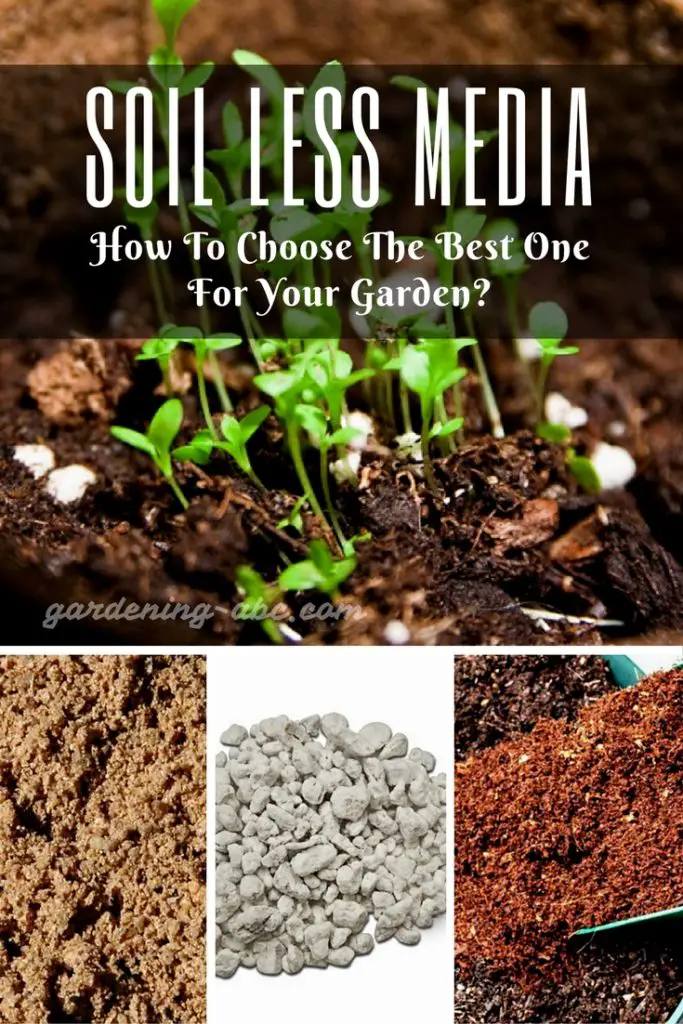
Amazon and the Amazon logo are trademarks of Amazon.com, Inc, or its affiliates.

Hi there! My name is Prasenjit and I’m an avid gardener and someone who has grown a passion for growing plants. From my hands-on experience, I have learned what works and what doesn’t. Here I share everything I have learned.
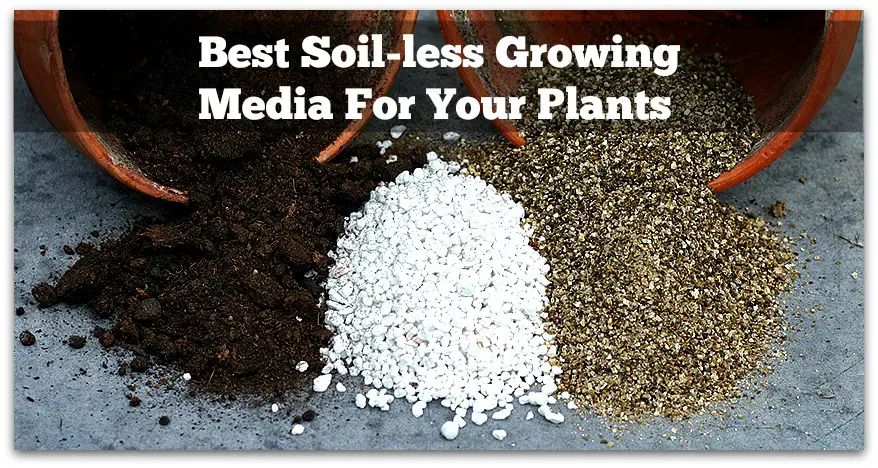
This is so amazing! Thank you for your endless effort so sharing all these fantastic ways we can improve or learn gardening.
This was very helpful..thank u so much! Could u pls suggest how to fertlise soilless hanging baskets
The information is very useful, thank you.